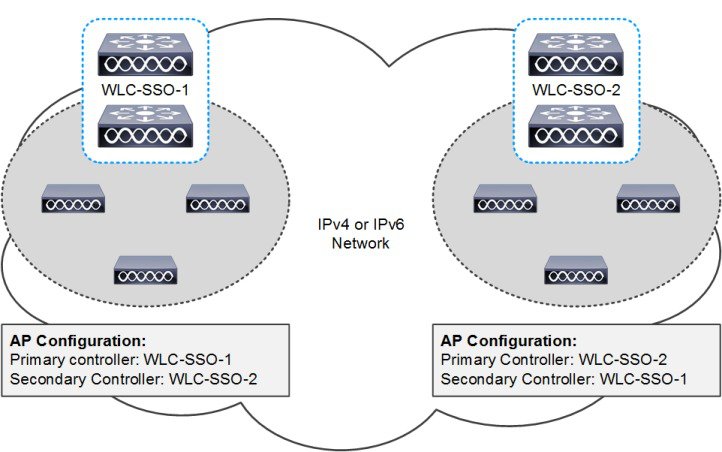
You have the option to reboot both controllers with one command. After you reboot the active controller, you are able to access the standby controller and reboot that controller too. The last step is to reload both controllers to activate the firmware. Transfer Download complete on Active & Standby Optionally, pre-download the image to APs before rebooting to reduce network downtime. Reboot the controller for update to complete. Writing new AP Image Bundle to flash disk. Transfer & validation on Standby success, proceed to Flash write on Active. Standby – Standby receive complete… extracting components. Waiting for the Transfer & Validation result from Standby. Informing the standby to start the transfer download process TFTP receive complete… extracting components. (Cisco Controller) >transfer download startĪfter the TFTP session is finished you’ll notice that the the software is automatically transferred from the active to the standby unit.

(Cisco Controller) >transfer download mode tftp (Cisco Controller) >transfer download serverip 10.200.8.83 (Cisco Controller) >transfer download path. (Cisco Controller) >transfer download filename AIR-CT5520-K9-8-2-141-0.aes (Cisco Controller) >transfer download datatype code I am using an TFTP server in this example. Upload the new firmware to the controller by using an TFTP or FTP server. (Cisco Controller) >show redundancy summaryĪverage Redundancy Peer Reachability Latency = 177 Micro SecondsĪverage Management Gateway Reachability Latency = 935 Micro Seconds

Next you check if your SSO configuration is working as expected.

“Is the upgrade procedure for a high-availability pair of Cisco Wireless LAN Controllers the same as the procedure for a single Cisco WLC?” Several customers asked me this questions and the answer is YES.įirst you check the current and backup firmware image.


 0 kommentar(er)
0 kommentar(er)
